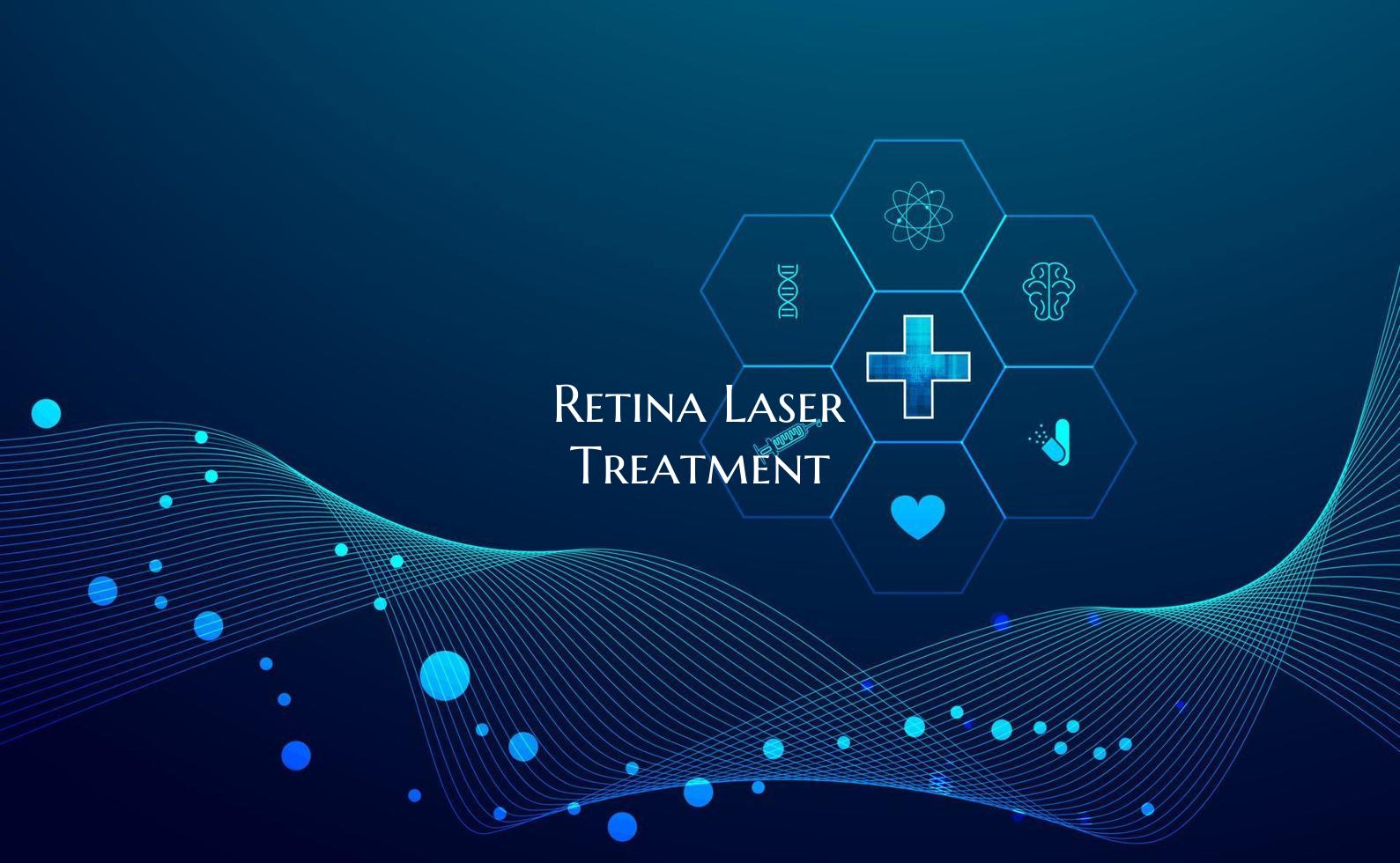
Retina Laser Treatment
Retina Laser Treatment: Understanding the Procedure and Effects
Retina laser treatment, also known as retinal photocoagulation, is a procedure used to treat various retinal conditions that affect the back of the eye. The retina is a crucial part of the eye responsible for converting light into signals that are sent to the brain, allowing us to see clearly. When the retina is damaged or affected by conditions such as diabetic retinopathy, retinal tears, or macular degeneration, laser treatment may be recommended by an eye specialist.
During a retina laser treatment, a focused beam of light energy is used to create small burns or seals on the retina to prevent further damage or leakage of blood or fluid. The procedure is typically performed in an ophthalmologist's office or clinic and may require multiple sessions depending on the severity of the condition being treated.
One of the most common uses of retina laser treatment is for diabetic retinopathy, a condition that affects individuals with diabetes and can lead to vision loss if left untreated. By targeting and sealing off abnormal blood vessels in the retina, laser treatment can help prevent vision impairment and preserve eyesight in patients with diabetic retinopathy.
While retina laser treatment is generally considered safe and effective, some potential side effects may include temporary blurry vision, mild discomfort, or sensitivity to light. It is important for patients to follow post-procedure care instructions provided by their eye specialist to ensure proper healing and minimize the risk of complications.
If you are experiencing symptoms of retinal conditions or have been diagnosed with a retinal disorder, consult with an eye care professional to determine if retina laser treatment is a suitable option for you. By understanding the procedure and its potential effects, you can make informed decisions about your eye health and vision care.